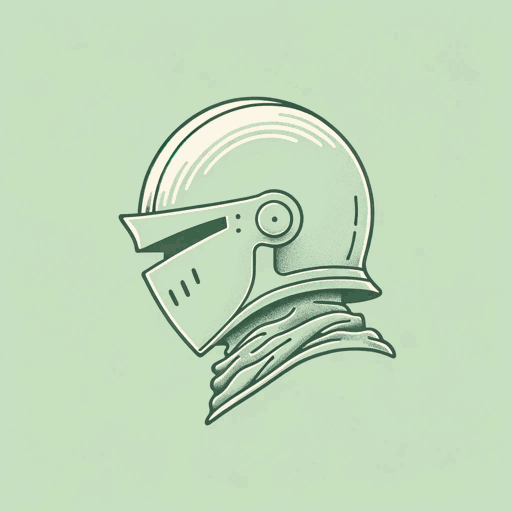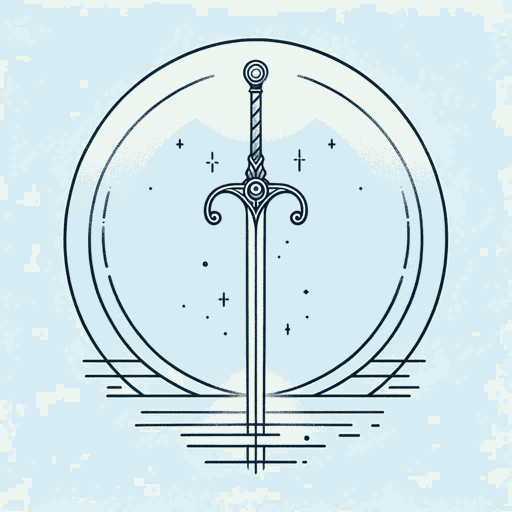92 pages • 3 hours read
Howard PyleThe Merry Adventures of Robin Hood
Fiction | Novel | YA | Published in 1883A modern alternative to SparkNotes and CliffsNotes, SuperSummary offers high-quality Study Guides with detailed chapter summaries and analysis of major themes, characters, and more. For select classroom titles, we also provide Teaching Guides with discussion and quiz questions to prompt student engagement.
Themes
The Importance of Good Humor and a Merry Disposition
In the Prologue, Robin gets in a cudgel fight with a stranger who will become his right-hand man, Little John. Although Robin has been “tumbled” and received a good dunking in the river, he takes it all with good humor, “laughing until his sore sides ached again” (13), and invites the stranger to join the Merry Men. We see this pattern again and again in the book. Robin and his men never take life or themselves too seriously, and their chief enemies are those who take themselves and their authority far too seriously (e.g., the Sheriff, the Bishop of Hereford). The one sympathetic churchman in the book, Friar Tuck, combines his religious vocation with a lusty sense of humor.
In Part 5, Chapter 1, when Sir Richard of the Lea and the bishop both end up at Robin’s camp in Sherwood Forest, we see the contrast in their attitudes. The bishop chides Sir Richard for laughing at the “scurrilous jests” of the Merry Men, but Sir Richard replies that “a merry jest is a merry jest, and I may truly say I would have laughed at it had it been against mine own self” (182).
Related Titles
By Howard Pyle
Featured Collections
Books on Justice & Injustice
View Collection
Contemporary Books on Social Justice
View Collection
Friendship
View Collection
Good & Evil
View Collection
Loyalty & Betrayal
View Collection
Medieval Literature / Middle Ages
View Collection
Poverty & Homelessness
View Collection
Required Reading Lists
View Collection



